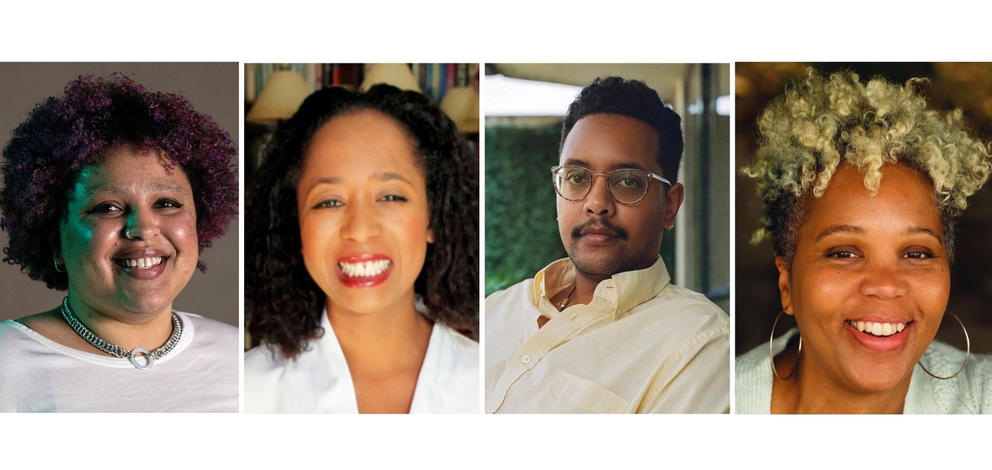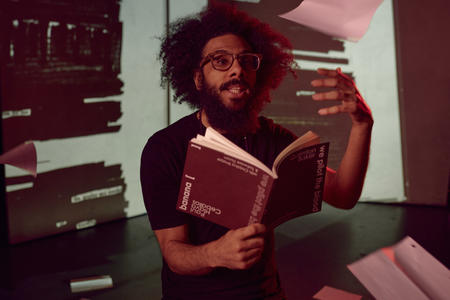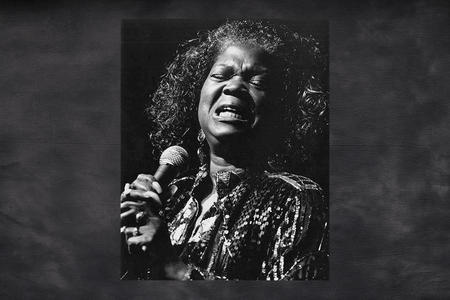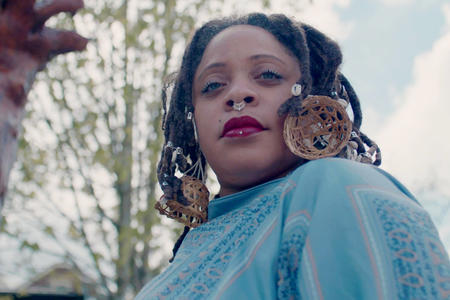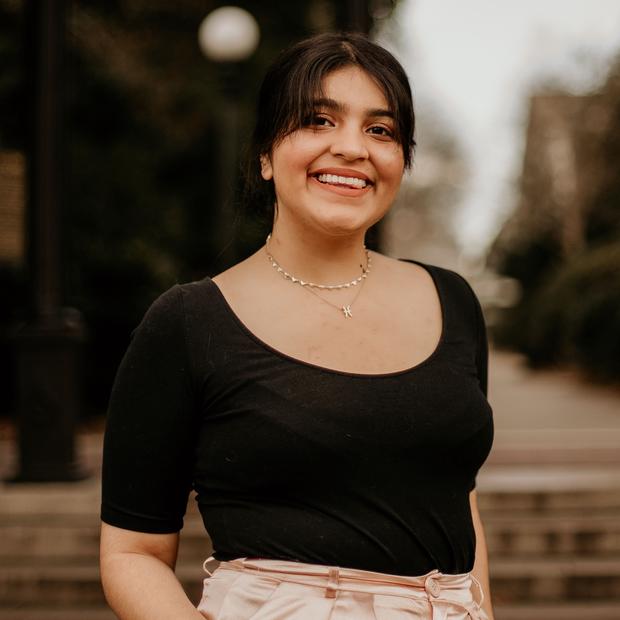This year, 15 new profiles will be released weekly from now through June. We’ve already begun the big reveals with spotlights on poet Quenton Baker and dancer Amanda Morgan.
Behind the scenes of the artist profiles are the creative minds working to bring Black Arts Legacies to life.
As Crosscut’s emerging journalist fellow on the arts and culture team, I’ve enjoyed getting to know these storytellers as we collaborate on Season 2. And as a new Seattle transplant, watching these creators use their deep knowledge of Pacific Northwest culture to enrich these stories has been not only informative but a lot of fun too.
I recently spoke with writers Jasmine Mahmoud and Jas Keimig, video producer Tifa Tomb and photographer Meron Menghistab about their approaches to the new season.
This Q&A has been edited for length and clarity.
Jasmine, Meron and Tifa, you were all a part of the inaugural season of Black Arts Legacies. What made you want to return?
JM: It was a joy to talk to [the artists] and learn about their life’s work as cultural makers in our city. For those that have passed away, it was amazing to learn about their legacy that’s not really talked about.
MM: What made me want to return was the idea of creating a body of work that lasted more than one moment in time, but rather a larger body for however long we do this.
TT: The most rewarding part for me was getting to know the artists. Having a chance to go in depth with them about their work and the impact they've had on the Seattle community — it made me feel more like I belong here.
Jas, this is your first year contributing to Black Arts Legacies. What drew you to the project?
JK: As someone that grew up in this area, I’m interested to know more about the history — especially the Black history of Seattle, because it gets glossed over. A lot of people I’ve interviewed pointed out how influential Seattle has been to culture at large, but [it] hasn’t really been given its graces.
In addition to artist interviews, how do each of you approach these profiles?
JK: Trying to read everything I can that’s been written about them. Digging into archives, looking at Instagrams, going back into YouTube, reading other profiles that have been written in other local publications. Trying to get a whole picture of everything.
JM: Sometimes when Black artists are written about, there’s a focus on the struggles they had to deal with. That’s really important to tell, and a lot of artists make work that’s in dialogue with issues of racism. [But] to write about Black art and not focus on the aesthetic practices is a disservice. What does the painting look like? What does the song sound like? Those questions are important to center with Black artists who are often burdened to always talk about racism.
MM: [Note: This year, Meron photographed all the artists in the Crosscut studio.] Last year, we were thinking a lot about [the artists’] own personal space and capturing where they tend to create. This year, I was thinking of it as less documentarian and more iconography of a medium. We’re controlling the space.
TT: My focus was to give them more breathing room in each video. I was approaching it in terms of getting to know this person, going more in depth in a particular work or works, and giving them a chance to tell their story.
What are you hoping audiences will take away from Season 2?
JK: I’m hoping that in reading these stories, people are going to be able to see the city in a new way. I hope people are encouraged to see the people dance or watch these movies or read these poems, buy these books.
JM: These artists have been foundational not just to Black art, but to Seattle art. I want readers to ask themselves, how is learning about each of these artists expanding how they think about Seattle arts and culture?
TT: I’m hoping that [readers] will seek out these artists and support them. The work is really the tip of the iceberg — there is so much Black art out there to support and enjoy.
MM: The goal is for people to understand how many Black people made the creative scene of this city. I grew up in it, it’s all I ever knew. I am excited for people to understand the breadth of Black creatives that have existed in this city — not just now. It’s a whole legacy.
Get more Black Arts Legacies
This newsletter features a new artist each week, along with additional stories, exclusive content and responses to reader questions.

